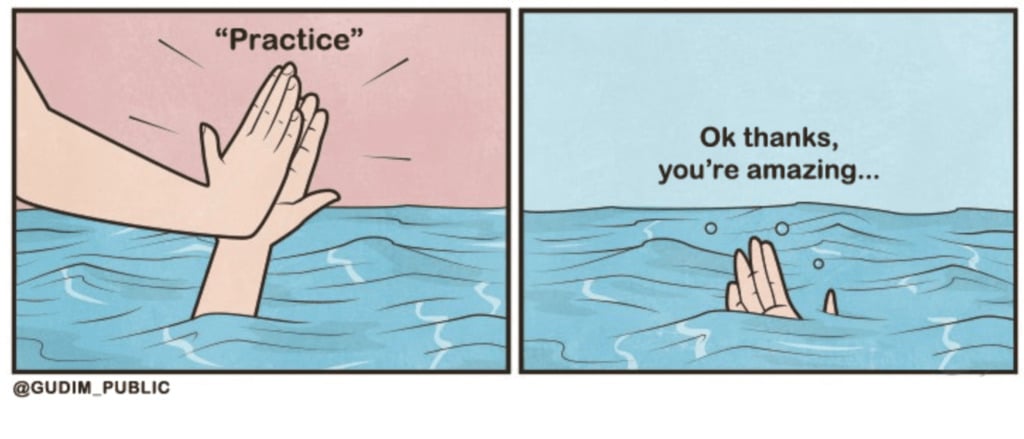
3 Reasons Why Starting with Bad Drawings is Great
Any beginner can draw.
As a beginner,
you compare your “bad sketches” to the great designers you admire.
- Some days, their work boosts your motivation!
- But some other days, you try, fail, and feel at the bottom of Everest mountain…
- It’s hard to keep up motivated.
Do not confuse “incompetence” with “inexperience”.
In other words,
there is no direct correlation between your bad drawings today
and your potential to become an amazing designer tomorrow.
(Ask me to play the drum instrument, and the earth will start shaking!
However, if I start taking lessons, I’m sure I can come up with great sounds!)

Any professional starts as a beginner!
If you can’t draw, it is just because no one taught you yet.
Above is an example of a sketch I made when I was a fresh student in Product Design.
What if I tell you:
“Starting from zero sketching skill”
is an amazing opportunity to become highly creative.
Let me give you 3 reasons why sketching badly is a gift!
REASON 1- Create Better Designs (With People in mind)
Too many sketchers come up with amazing visuals of drawings,
but weak stories – that actually lead to poor design.
They focus on the aesthetics of their drawing instead of the user experience.

Let me share with you 3 Creative tips
to come up with great product ideas even if you can’t sketch well yet.
TIP A. Create user experience “mini-comics”
(I remember when I was a kid I wanted to be a Storyboarder.)
One day, my Design School teacher congratulated me on my research.
Surprisingly, I didn’t draw any product!
Instead, I showed him simple stories in thumbnail size.
At that time, I didn’t know how to draw much.
So I compensated by drawing situations and scenarios with stick men.
(I actually tried to avoid making bad sketches of products.)
I asked myself these simple questions:
- What do people need?
- Who are they?
- How they would use the product?
- How do they feel? (I even added some facial expressions)
- …
I was not interested in the look of the product.
I started by drawing a scene.
I established the context where the product would be used.
All these mini-stories gave me precious data about the product features I would need.
For example,
Imagine you create for children who love hiking with their parents.
You want to create a safety and emergency kit.
- Instead of trying to jump on how the product would look,
start by drawing people in action in the mountains, forests… - Visualize the forest, the weather, the equipment they already use… the context.
Imagine you are hiking with them, like them. - Draw the people facing problems.
- Draw people using your product.
(It doesn’t matter how the product looks.
You can draw a stone shape instead as a temporary replacement) - All these data will help you figure out the functions they need + protection, ergonomy, and batteries…
It’s fun to imagine people using a product that has no form yet!
But that’s how you can create a powerful product,
with a powerful story people will remember and be willing to use.
At that stage, nobody cares about the quality of your drawings.
If you can make people understand drawing stick men, you win!
Keep learning how to draw your ideas, and your project will shine in your portfolio!
TIP B. Think Design? Think users.
A design misconception is:
“A beautiful product is an amazing product.”
Well, this is highly relative…
Young students with at least a minimum of sketching skills
tend to focus too much on the aesthetic.
They try to impress!
They try to make what we call ” Pretty products” and avoid Design thinking.
That’s how they will soon face the blank page, lacking ideas.
What matters most in a design project, is not how cool is a product.
It’s how cool and relevant it is from the user’s point of view.
To generate ideas, always remember WHOM you create for.
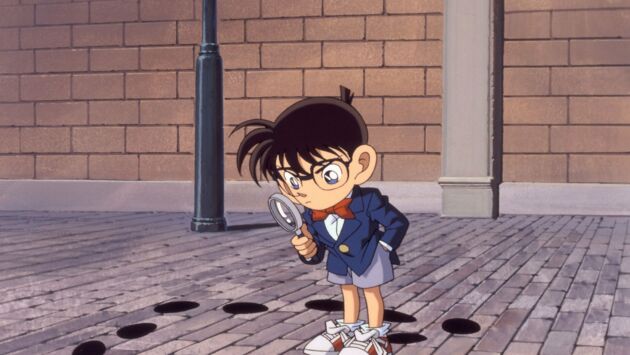
Do not hesitate to meet them in real life, and not only research on Google if you can.
A designer sometimes wears a detective cap, and he will excel if he empathizes with the users.
Anyone can learn how to sketch.
But not everyone is willing to spend the time and effort to understand people.
If you can’t sketch, and your top priority is to make a better world, you are gonna do great!
Because you will fusion: Sketching skills + Social skills.
TIP C. Don’t be tacky (or you may do bad drawings forever).
Fresh student designers will try to sketch products with the coolest functions!
They will try to add in the maximum of all the latest technologies in trends to attract attention.
But it’s a “tacky choice”.
“It’s like trying to wear all the latest expensive and branded clothes
without matching it to your personality and/or where you go.”
It becomes counterproductive to be “super performant”, or “super trendy”
but not being able to answer the real people’s issues.
- The recipe for a successful product is not using the most expensive technologies.
But to attach the right technologies to the right people. - Search for relevant solutions.
Even if the technologies you choose are 100 years old.
(Digging into the past culture and technologies is a great way to innovate)
Do not select technology and wonder what to do with it.
Do the opposite.
Identify a problem and select the technologies you need to solve it.
REASON 2- Love making mistakes! (Designer routine)
A designer is a problem solver.
Don’t be intimidated by making mistakes!
I have a friend who enjoys seeing me when I sketched.
But when I ask him if he wanna try, he freezes in terror!
Why?
Because he focuses on the performance.
Not the fun of drawing or the ideas.
I could understand why (we all went through similar education).
- We get punished during school for making mistakes.
- Mistakes were marked in RED!
Mistakes were synonymous with DANGER! - We fear them.
We are allergic to mistakes!
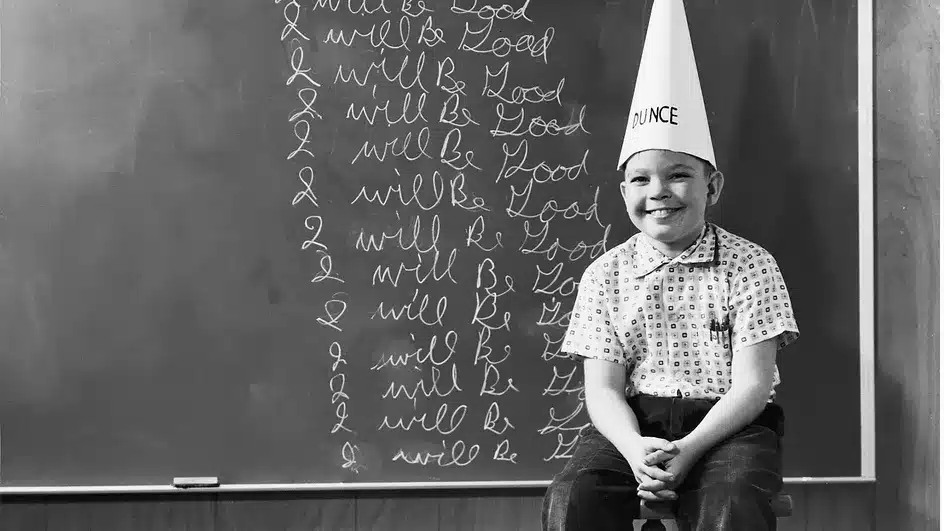
My friend avoids drawing, to avoid being judged.
You know what?
Nobody cares!
First of all, people will remember your tenacity and your progress.
They will forget your struggles.
If you give up or do not give it a chance, you lose by default.
Once again, nobody cares.
Only you may feel regrets.
Second, in design and sketching, failing is a benediction!
Failing is part of the process! 😀
Do you do a mistake?
Great time to feel gratitude.
You learned something. This is called: Iteration.
That creative process makes your projects stronger and better.
For example, when you draw something that is not relevant, you keep it!
You don’t erase it. You never know that idea may trigger something great later.
If you can put your ego aside, and embrace mistakes
you will open the door to endless opportunities during that ideation phase.

I failed a lot. So I could succeed a lot.
Does it make sense? 🙂
During my learning journey,
I learned a lot from other people’s mistakes too.
Learning how to sketch is a cycle.
Don’t stop at the first steps: Try, fail, learn, and transmit.
Today, I love to transmit what I learned.
That’s why I love sharing the common mistakes at the beginning of my tutorials.
So you could level up faster than I did.
REASON 3- Sketch thousands of ideas Fast and ugly!
When you start a project, you have to start sketching ugly!
- A common mistake is to think we need beautiful sketches all the time!
- But drawing well is so time-consuming that it will be counter-productive.
To be creative, you need to come up with plenty of sketches.
The best way is to use Fast sketching.
You don’t have to draw neat and clean drawings.
You can even skip perspective rules if it makes you draw faster
(as long as your sketches can be understood).
- By drawing fast, you multiply your ideas in a record time!
- So you can discuss them with your colleague and client for this initial stage of creation.
- Then, eliminate fast the non-relevant or non-interesting.
- Only after validation of some of your ideas,
you will need to come up with better-quality sketches.
Imagine spending a full day working on 1 proposal and getting rejected by the client.
You would have been heartbroken.
Once again, don’t look for pretty sketches.
Look for productivity and relevancy using fast and ugly sketching.
To learn more about design productivity:
The 5 phases to present your project to your Design company.
Do you have talent for drawing?

Wrap-Up!
So, future design maestros, let’s wrap this up with a touch of inspiration:
- Embrace the Journey: If you’re starting from scratch or if you’ve been drawing for a while, remember that bad drawings are not the end, but the beginning of your incredible journey. They are your stepping stones to greatness.
- User-Centric Design: Keep in mind that design is not just about looks; it’s about telling a story and solving real-world problems. Whether you’re creating mini-comics or thinking like a detective, focus on the people who will interact with your designs.
- Mistakes are Your Allies: Every mistake is a lesson, a chance to grow, and a step closer to mastery. Don’t fear them; embrace them with open arms. They are the fuel for your iterative process.
- Speed Sketching: To unleash your creativity, sketch fast and ugly. It’s not about perfection at this stage; it’s about quantity and variety. Let those ideas flow like a river, and refine the gems later.
- Believe in Your Potential: If you have the passion for design, nothing can stop you. Talent is overrated; dedication and hard work are the real heroes. You’ve got this!
Your journey in design is just beginning.
With every stroke of the pen, you’re not just sketching; you’re learning, growing, and inching closer to that moment when your designs will not only look good but also tell a story, resonate with users, and solve problems.
Remember, there’s no such thing as a “bad drawing.”
It’s all part of the magical journey toward becoming a skilled and creative designer.
Keep sketching, keep learning, and keep believing in yourself.
Your future in design is as bright as the ideas you dare to put on paper.
Let’s fill those blank pages with the passion and creativity that will make the world a better place, one design at a time!
Your mindset is everything. Take care of it.
Cheers,
Chou-Tac
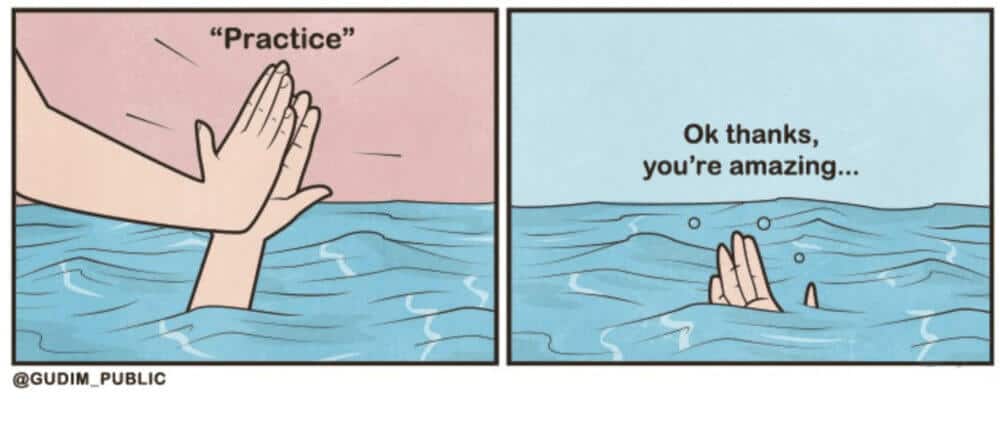



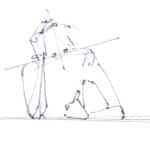





[…] scribble, doodle, or sketch is a masterpiece in its own right. There’s no such thing as a “bad drawing” – it’s all part of the magical journey of […]
[…] Draw without fear of making mistakes. Do not look for perfection. […]